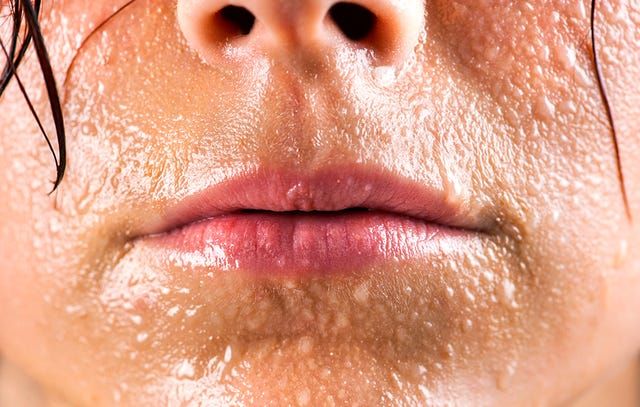
Numerous heat-related illnesses can arise from exposure to unusually high or prolonged temperatures and humidity without proper cooling measures or appropriate hydration. Compared to adults, children and teenagers adapt to changes in heat from the environment more slowly. Along kids producing more heat during exertion than adults, they also perspire less. Sweating is a natural cooling process of the body. When playing, working out, or engaging in sports, kids and teenagers frequently forget to take a break and may also consume insufficient amounts of water.
Children and teenagers who take specific medications or have long-term health issues may be especially vulnerable to heat-related illnesses. Young people who are overweight or who exercise while wearing bulky clothing—like football or marching band uniforms—are likewise more vulnerable. Three categories of heat-related disorders exist:
What exactly are cramps from heat? The most moderate type of heat disease is called heat cramps, and it is characterized by excruciating muscle spasms and cramps that happen during or after vigorous exercise and perspiration in hot conditions.
How can heat exhaustion occur? The body loses water and salt, which causes heat exhaustion, which is greater than heat cramps. Extreme heat, profuse perspiration, and a lack of sufficient hydration and salt replacement are the triggers for it. Lack of sufficient cooling down causes heat exhaustion, which can lead to heat stroke if untreated.
What is a heat stroke? Overheating overwhelms the body's heat-regulating system, leading to heat stroke, the most serious type of heat disease. Given the seriousness of the situation, prompt medical intervention is necessary.
How could heat-related illnesses be avoided? To help shield your child from illnesses caused by heat, here are some broad guidelines:
1 . Stay hydrated, especially on hot days, when engaging in strenuous or outdoor activities (such as tanning). The best beverages are water and sports drinks; however, stay away from alcohol and caffeinated beverages like cola, tea, and coffee as they can cause dehydration.
2 . On hot days, make sure your youngster wears loose-fitting, light-colored, lightweight clothing with tight weaves.
3 . Choose the cooler hours of the day for sports and intense exercise. Rest periods should be spent in cool, shaded settings.
4 . Ensure that your child is shielded from the sun by using an umbrella, hats, and sunglasses. Make sure the sunscreen you use has at least an SPF of 15.
5 . Teach kids to "wet down" or spritz oneself with a spray bottle in order to prevent overheating and to take regular drink breaks. On days that are extremely hot and muggy, try to devote as much time inside as you can.
Instruct your youngster to warm up and cool down prior to and after physical activity. For additional guidance on avoiding heat-related diseases, speak with your child's doctor if they have an illness or are taking medication.
Upvoted. Thank You for sending some of your rewards to @null. Get more BLURT:
@ mariuszkarowski/how-to-get-automatic-upvote-from-my-accounts@ blurtbooster/blurt-booster-introduction-rules-and-guidelines-1699999662965@ nalexadre/blurt-nexus-creating-an-affiliate-account-1700008765859@ kryptodenno - win BLURT POWER delegationNote: This bot will not vote on AI-generated content